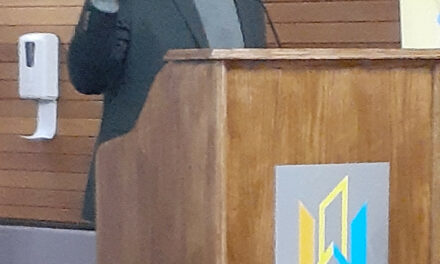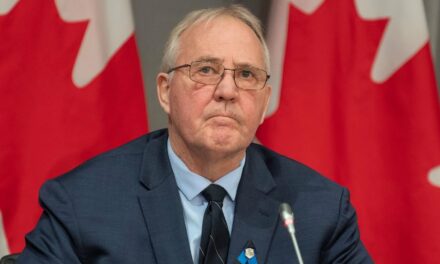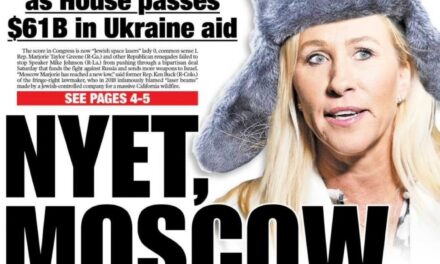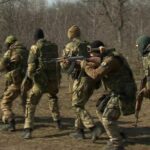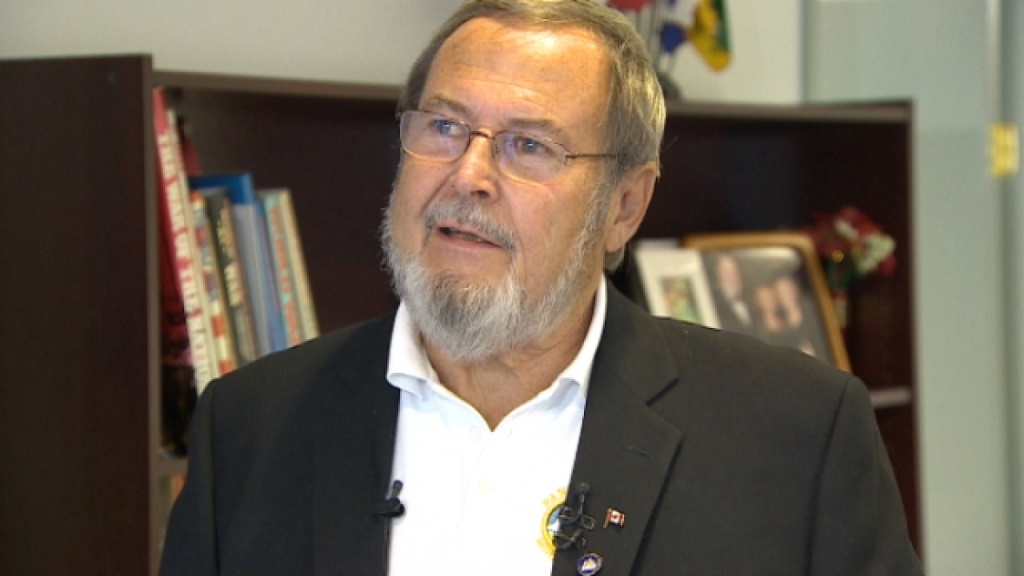Peter Goldring for New Pathway, Edmonton.
The military resolve of Western, democratic countries has been waning since the end of the Cold War. In the early years after World War II, when NATO was formed to stand as a strong deterrent to Soviet (Russia) aggression, Canada maintained a potent force in Europe.
When I was a member of the Royal Canadian Air Force in the 1960’s, there were ten thousand combat ready troops, hundreds of tanks, over 500 front-line aircraft, and a robust navy. We did not shrink back from Russia’s encroachment attempts into our sphere of western influence, but held what we had. We collectively drew a very firm line in the sand. Even when it came to the very threat of nuclear war posed by the Cuban Missile Crisis, the United States, Canada, and the rest of the West stood strong. Alas, it seems that that resolve has faded.
It appears NATO has forgotten its purpose – to stand up against Moscow. It takes sides in other conflicts which do not relate to countering Moscow’s aggression; conflicts like Afghanistan, Bosnia, Libya, and Serbia. NATO member states waded into two wars in the Persian Gulf with no relation to Russia, but did not contest when Russia invaded and kept parts of Georgia in 2008. This timidity and inaction by NATO’s western powers to help Georgia emboldened Russia to do much more.
Today NATO quails as Moscow effectively invades and occupies the sovereign territory of its neighbors, afraid to act lest it risk escalation, or risk Russia cutting off Europe’s gas supplies. Ukraine is not a NATO member, but along with other Eastern European states, it is Europe’s strategic front yard. The European members of NATO should recall the lesson of history that a powerful neighbor cutting off pieces of other countries in the name of protecting those of similar ethnic background, such as Czechoslovakia in 1939, does not end well.
Appeasement is the path of least resistance, but it seldom ends well. The world should remember and reject Neville Chamberlain’s infamous words about “peace in our time” from the Munich Agreement with Hitler. Another quote far more poignant, albeit said in a different context, was US President Franklin Roosevelt’s, “The only thing to fear is fear itself.”
Remember that the Russian occupation of Ukraine turned the latter into a world nuclear player. While visiting Ukraine in 2014, I toured a former ICBM site in the Kherson region and was taken 100 feet underground to the launch control chamber. The twelve 15000 km range nuclear missiles under its control were aimed at targets in North America and Europe. These threatening sites in Ukraine under Russian domination can be replicated and renewed in a new era of Putin’s return of the Russian empire under Soviet times.
This is not to say that the West is doing nothing. Canada, United States, and our European allies have imposed economic sanctions on Russia in response to its aggression. The question is whether economic sanctions will adequately deter Russian military action, and whether Western countries are willing to impose sanctions harsh enough to really effect change. Turkey, while even being a NATO country, is ignoring these sanctions and supplying Russia with most all of their needs sanctioned by others primarily because its application for European union membership is being discouraged by France and Germany, so why should Turkey not look to Moscow for opportunity.
As to the situation in Eastern Ukraine, what can be done? If NATO members are unwilling to stand together as a credible military deterrent against Russian invasion, and if the United Nations cannot help to keep Russia from invading its neighbors since Russia the belligerent holds a veto on the United Nations Security Council, then perhaps it is time for Canada to help set the example for other nations to help fill the void.
Of course part of Canada’s peacemaking contributions should be for them to supply Ukraine the use of Canada’s satellite imagery information to confirm Russia’s shipment of arms and materials to Russia’s soldiers and rebels in Ukraine and to provide proof of Russian shelling of Ukraine’s nationalist positions from within Russia as Bellingcat Satellite Reports indicate. Canada’s contribution to true peacemaking in Ukraine should also be anti-tank and other defensive weaponry to counter Moscow’s supplying battle tanks and other deadly ground based weaponry and rocketry across Ukraine’s border from Russia.
There is faint but encouraging hope on the horizon. Prime Minister Trudeau wants to institute Canadian peacemaking not peacekeeping troops. The difference is significant. Peacemakers can create a corridor of separation between hostile factions at their recognized borders if requested to do so. Peacemakers also can engage the belligerent with arms and heavy weaponry, if necessary, until hostilities cease. Negotiations for foreign invader (Russian) troop withdrawal would then begin as their supply lines of fresh troops, arms and other material would be cut.
Ukraine is in great need of assistance. If Trudeau wants to contribute to peacemaking, and Ukraine wants Canadians to participate, why not contribute to peacemaking in Ukraine where it is most needed by standing firmly and proudly between Russian aggressors and Ukraine.
As an augmentation for politically hampered NATO and UN peacekeepers, and in fulfilling the role which NATO has played in past regional conflicts, a Canadian Peacemaking Force, fully engaged to help Ukraine and set the standards for other nations to also join in to participate, may just be an idea whose time has come.
Peter Goldring is a Member of Parliament (Edmonton East, 1997-2015)
Share on Social Media







